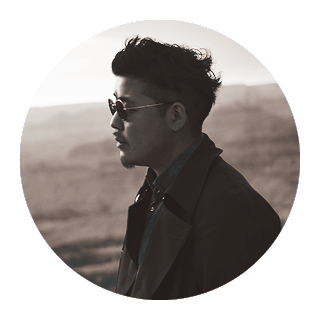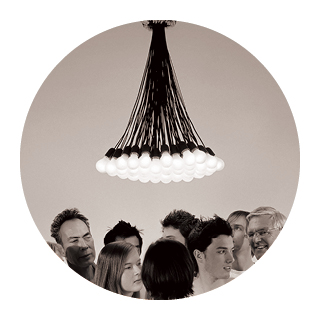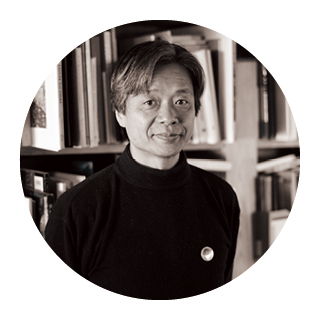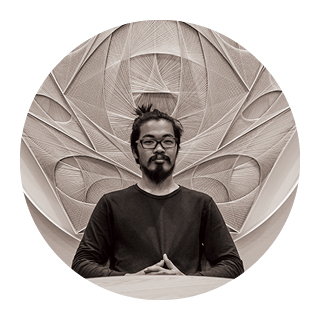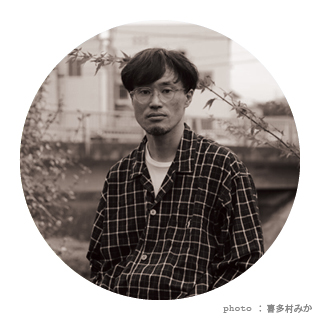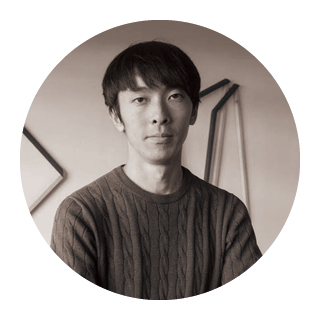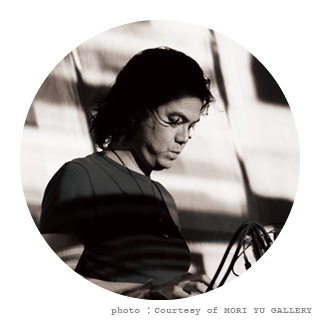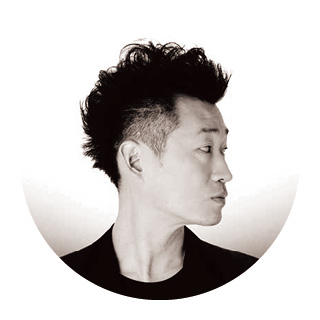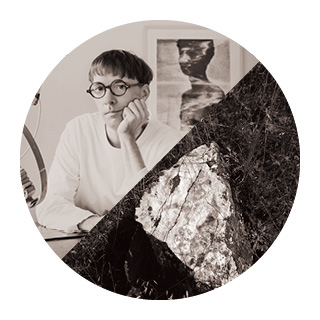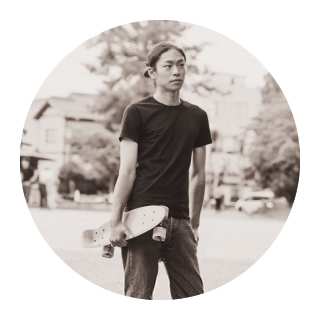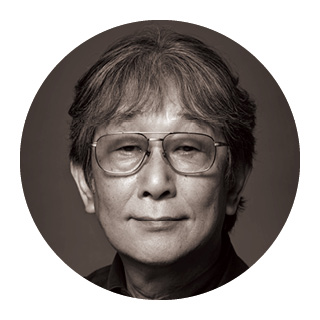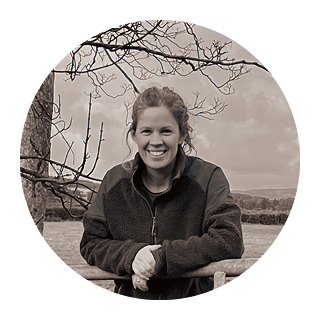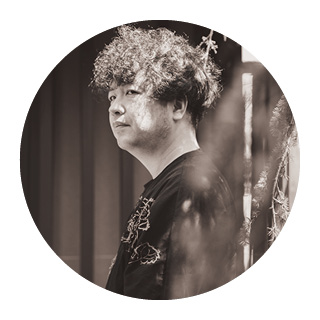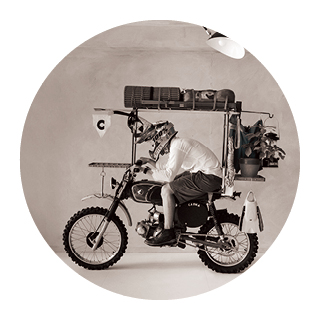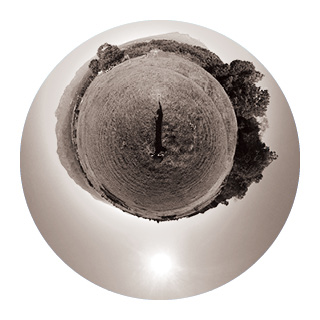
井村一登
Kazuto Imura展示会場Venue
平成2(1990)年、京都市生まれ。平成29(2017)年、東京芸術大学大学院美術研究科先端芸術表現専攻修了。ハーフミラー、球体鏡、LED などを用いて視覚や認識にかかわる光学的作品を手掛ける。近年は鏡の歴史とルッキズムに関心を寄せ、鏡の素材・技法を再構成し「自分が映らない」鏡を制作している。
主な個展に、『井村一登 展 mirrorrim』(日本橋三越本店コンテンポラリーギャラリー、東京/2021)。「NONIO ART WAVE AWARD 2021」審査員特別賞名和晃平賞受賞。
Born in 1990. Master’s degree in Intermedia Art at Tokyo University of the Arts in 2017. With his on-going research on vision and recognition, he is focusing on optical works using half-mirrors, spherical mirrors and LED. His recent interest lies in the history of mirrors and lookism, Imura is reconstructing the materials and techniques of the mirrors, and creating “Invisible Mirrors” that do not reflect you.Solo exhibition “Kazuto Imura – mirrorrim” at Mitsukoshi Contemporary Gallery (2021).NONIO ART WAVE AWARD 2021.
作品ステートメント
loose reflection
トルコのチャタル・ヒュユクの遺跡から黒曜石の鏡が出土した。それは紀元前 6200 年頃に制作されたといわれ、最古の人工の鏡である。黒曜石は火山の噴火によってできた天然のガラスであり、それから約 8000 年後の今もガラスは鏡として使用されている。
本作は、様々な土地の黒曜石を砕き、溶かし、混ぜ合わせ、人工的な塊を生成する。本来の黒を失い、透明度を持つこの塊に対して、作家はガラスのように、宝石のように、また本来の黒曜石のように扱い、土地の記憶に触れながら成型していく。
これは、透過と反射だけではなく、太古の素材を使用しつつも、新たに生まれた素材であるという対も併せ持つハーフミラーである。
An obsidian mirror was excavated from the site of Çatal Hüyük in Turkey. It is said to have been produced around 6200 B.C., making it the oldest man-made mirror. Obsidian is a natural glass formed by volcanic eruptions and is still used as a mirror about 8,000 years later.
In this work, obsidian from various locations is crushed, melted, and mixed to create artificial lumps. The artist treats these lumps, which have lost their original blackness and become transparent, like glass, like gemstones, or like original obsidian, and molds them while touching the memories of the land.
This is a half-mirror that not only transmits and reflects, but also combines the use of an ancient material with the pair of being a newly created material.
